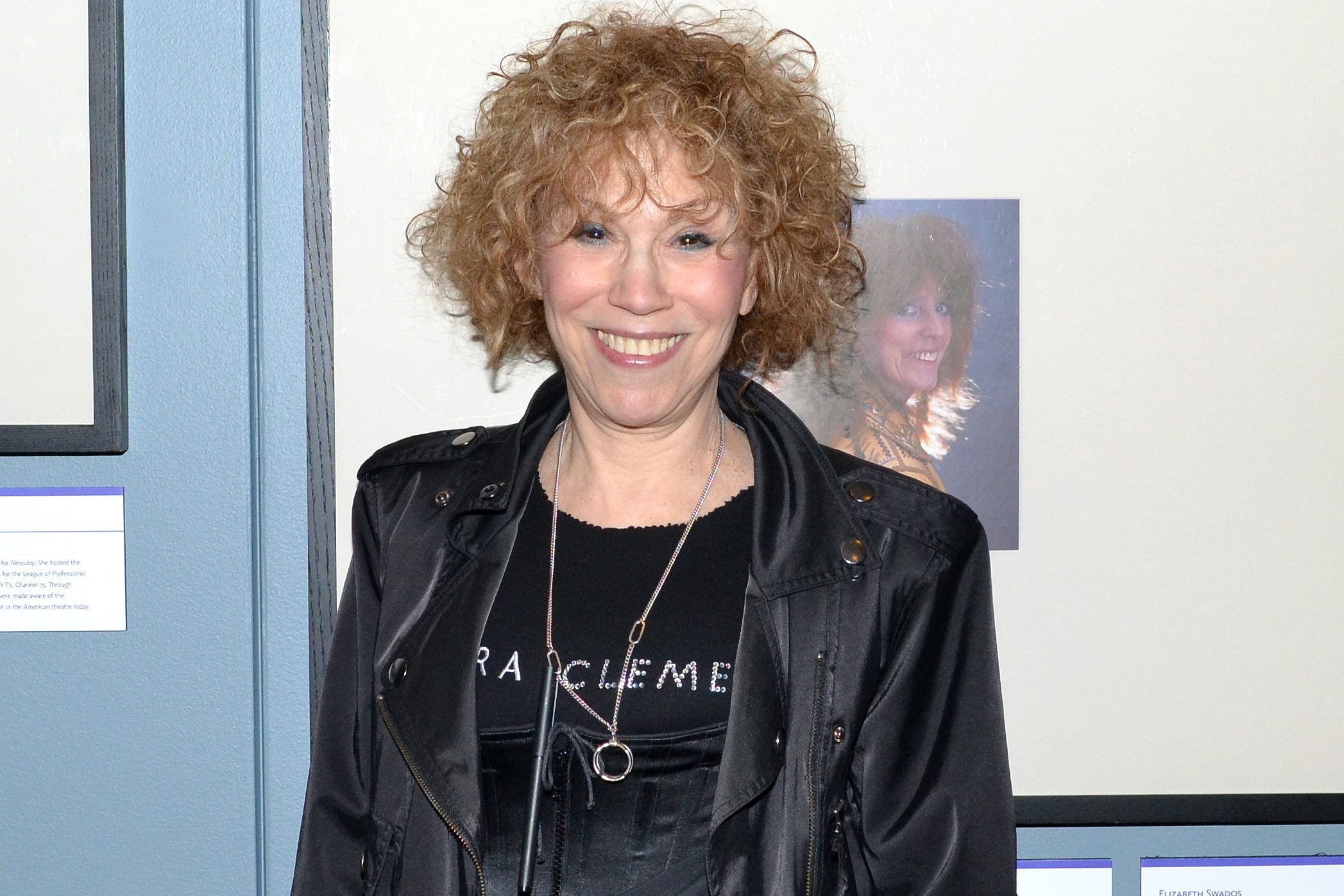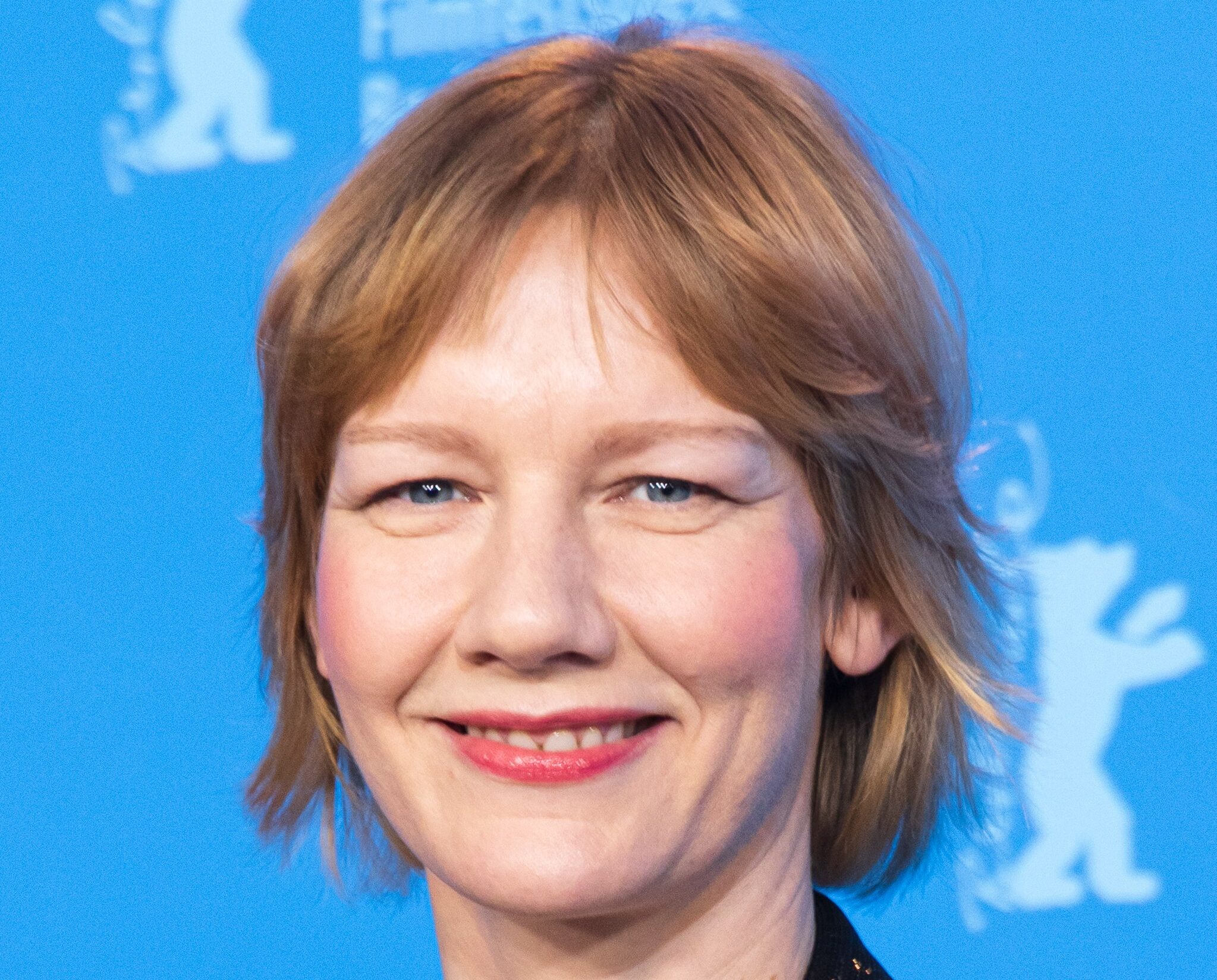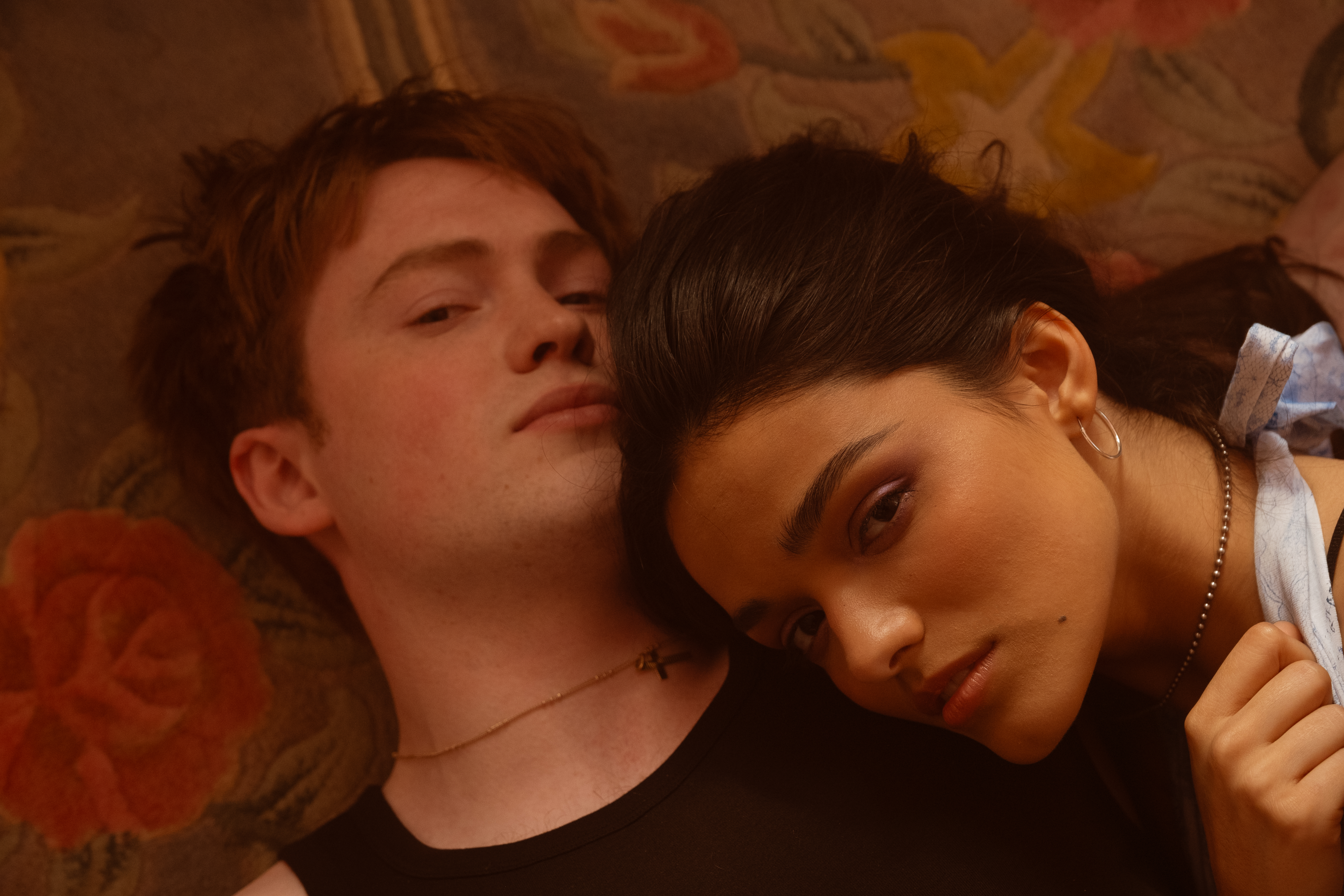Garden of Earthly Delights

(© Richard Finkelstein)
Revivals have two audiences. One includes patrons who’ve seen the piece previously and arrive with unreliable but firmly-held memories. The other includes theatergoers fresh to the enterprise. The rub lies in the memory part, which could negatively affect the response of the first group to Martha Clarke’s “reinvention” of her 1984 hit Garden of Earthly Delights, now at the Minetta Lane Theater, while the second contingent may well be roused to wide-eyed awe.
When Clarke’s nervy multi-disciplined stage adaptation of the renowned early 16th-century Hieronymus Bosch triptych debuted, there was no question she had achieved an astonishing dance equivalent to this legendary artwork, which reports the history of sin and divine punishment with relished exaggeration. The three panels meant to serve as cautionary moral lesson depict highly populated scenes from the Garden of Eden, a wide view of an earthly Paradise — which Bosch views ironically — and Hell.
The first time around, Clarke brought variety to the presentation of original sin and humanity’s on-going, seemingly irreversible degradation. Included were buoying interludes where some dancers were lifted gracefully into the air, thanks to the creative Flying by Foy outfit. But the technical advances that have been made by the company in the intervening years has resulted in more of the gravity-defying activity, which leads to any number of startlingly indelible images. There’s one of a man spinning that conjures the bone-chilling fear Clarke understands Bosch wanted to plant. Still, it seems that the range of off-the-ground movement was as tempting to Clarke as the apple was to Eve — and she might have resisted it a bit more.
There are also too many repetitive portrayals of humiliating behavior and retribution in this 60-minute opus. True, the slow and deliberate arrival of the occasionally laughing, occasionally shrieking troupe — Miguel Anaya, Sophie Bortolussi, Daniel Clifton, Marjorie Folkman, General MacArthur Hambrick, Whitney V. Hunter, Gabrielle Malone, Jennifer Nugent, Matt Rivera, Jenny Sandler, Isadora Wolfe — on all fours and in Joan Greenwood’s flesh-colored leotards is memorable, as is the innocent apple-eating moment.
Provocative images continue to accumulate as the limber and intrepid troupe go about their shocking business and Richard Peaslee’s eerie, insistent score pokes at the ear. Clarke has musicians Wayne Hankin, Egil Rostad and Arthur Solari clad in monk’s robes, and when Rostand impales a dancer with his cello’s spiky stand, the effect is undeniably wince-inducing. But eventually after the malevolent play during the central earthly paradise scene gives way to the sequence in Hell, the point has been made. The man in Greenwood’s rustic robes and seemingly eating several potatoes non-stop has had his effect.
Ultimately, the sum of Clarke’s parts will try the patience of some ticket-buyers and totally satisfy others.











